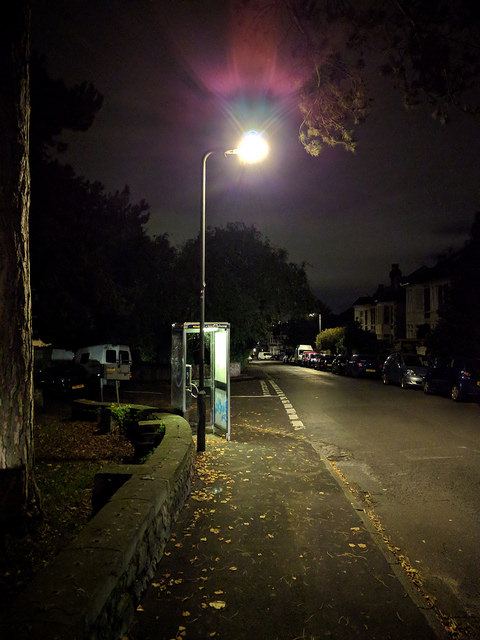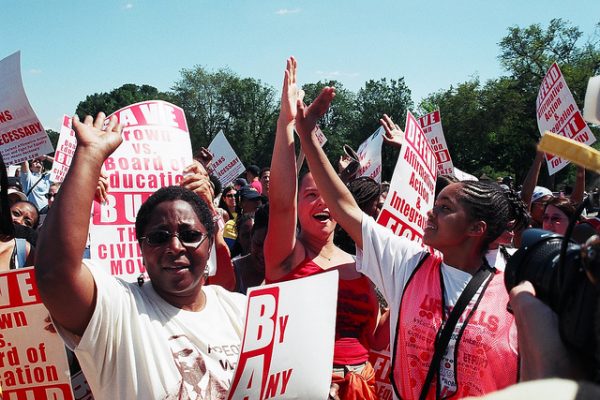
The Internet’s ability to disperse large amounts of information has greatly changed communication worldwide. Not only can beneficial information be transmitted quickly, but incorrect information can also spread rapidly. In new research, Deenesh Sohoni investigates how immigration numbers are manipulated by restrictionist groups in the United States — groups that advocate for reduced levels of legal immigration and crackdowns than undocumented immigration — to advance and legitimize their claims that immigration is a serious social problem.
In 2011, Sohoni examined how 42 national-level restrictionist groups use their websites to frame the demographic impacts of immigration based on population projections. 2011 was a particularly important year for immigration in the United States, as the DREAM Act was reintroduced in the Senate, and a number of states followed Arizona’s SB1070, passing restrictive immigration policies.
Of the groups that presented data, nearly half presented numbers that were either exaggerations of U.S. Census Bureau projections, used the higher end of the projections without noting it, or listed projections that could not be verified. In all cases, these numbers were treated as facts and the groups used them to argue further immigration would make whites a minority in the United States by mid-century. They also used these figures to argue for restricting “illegal” immigrants in the United States as a way to reduce crime, save public services, and keep jobs and government benefits for “Americans.”
Sohoni’s research shows us that fake news is not a new phenomenon, and when we use the Internet, we must not only consider what information we’re getting, but also where it comes from.









